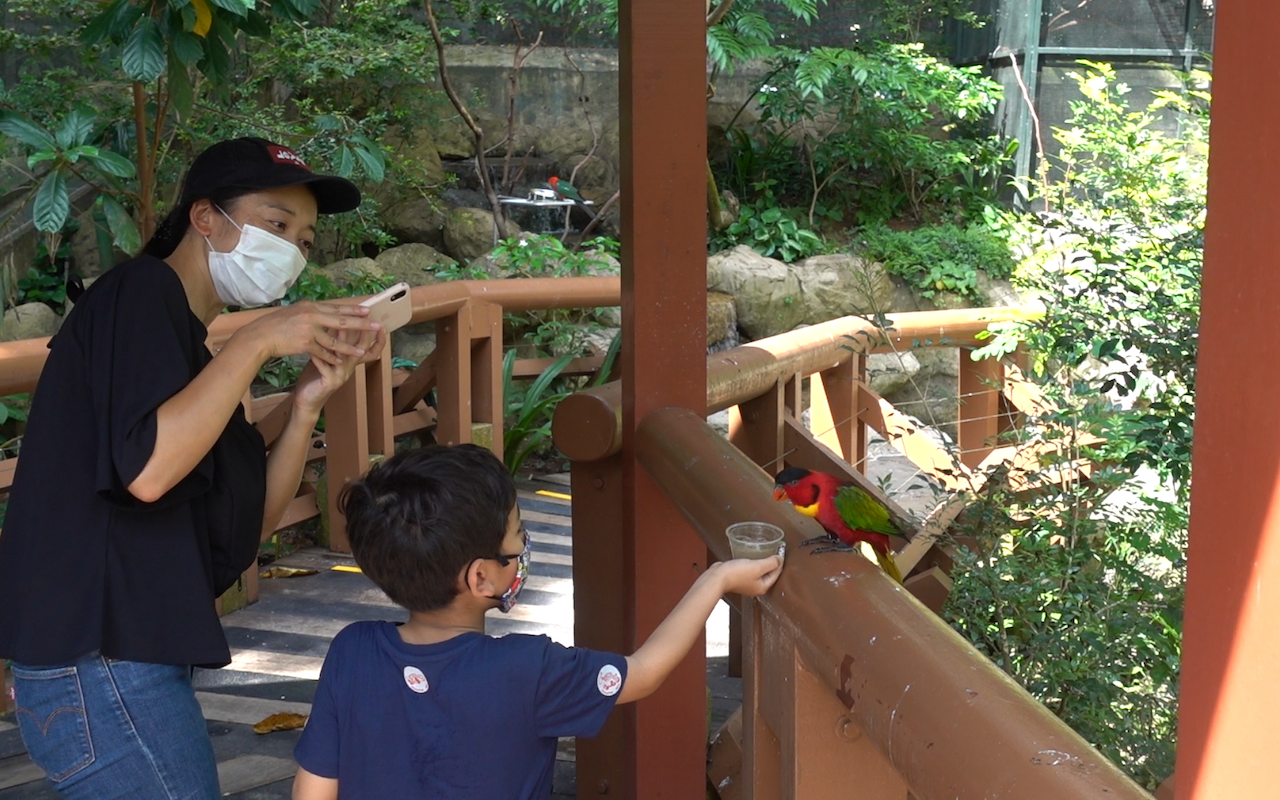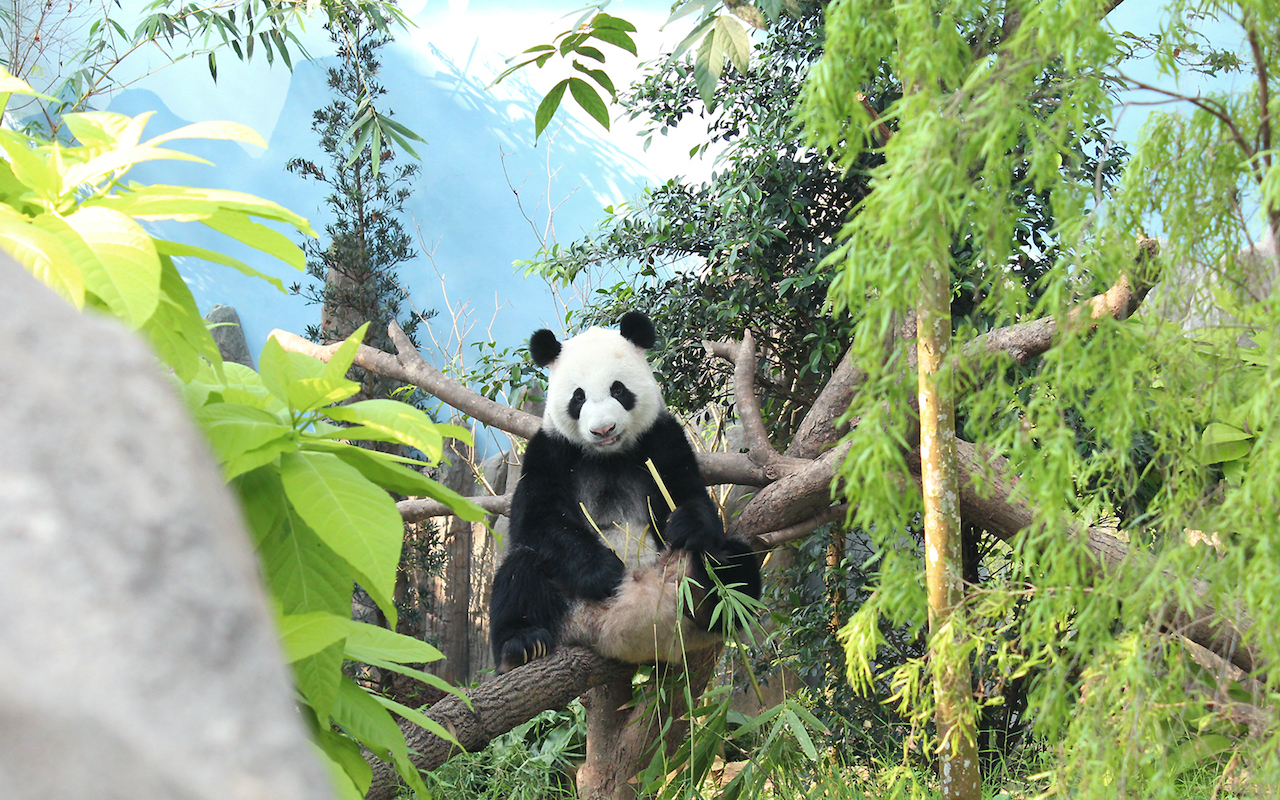
Out of roughly 10,000 species of birds known to man, 2,000 are found within the biodiversity hotspot that is Southeast Asia. 1,400 of such species are found nowhere else in the world – and half of these are highly threatened.
Unfortunately, the geographic and socio-cultural diversity of Southeast Asia poses several challenges to conservation. The Philippines and Indonesia have over 20,000 islands between them, while Myanmar and Borneo have vast tracts of jungle and many unexplored habitats. How do we know which species need protection if we’re unable to document and assess them?
Different countries also mean different sets of priorities, attitudes and practices. That is why Wildlife Reserves Singapore (WRS) has made Southeast Asia our focus – we are most strategically placed to understand and navigate these political and cultural sensitivities. Each year, WRS funds up to 50 projects in Southeast Asia. WRS is also the operator of wildlife attractions such as the Singapore Zoo, the Night Safari, the Jurong Bird Park and the River Safari.

Conservation economics is one key way of putting across the importance of birds in a manner that people can understand. Medicinal, edible and ornamental plants – think timber and coffee – have high economic value to humans and are dependent on birds for pollination and seed dispersal; bird excrement serves as natural fertiliser for cultivated landscapes; scavengers such as vultures help to manage carcasses and prevent diseases in some societies; birds of prey provide pest control without the high cost and health risks of pesticides; and bird-watching tours bring eco-tourism dollars directly to locals.
Generally, conservation tends to be very species focused. Iconic animals such as elephants and lions typically attract more attention, while the less charismatic but most threatened groups of animals – fish, insects and birds – need more help. One tactic is to leverage these iconic species to push for the conservation of entire habitats, such that other threatened species within are protected as well.
Technology has been both a boon and bane for conservationists. Illegal wildlife trade has been moving online, thus becoming harder to track and control. On the flip side, thanks to advances in genome sequencing, we’re able to better differentiate and assess seemingly similar species, and design better conservation breeding programs. Plus, amid all the depressing reports, it’s always nice to hear of new species discoveries.

Conservation is no longer just about the animals. The field needs psychologists, sociologists, economists and anthropologists to understand the human factors involved, and craft appropriate strategies, in order to make a positive change. Take songbird keeping for example. Instead of defaming this cultural practice that’s common across Southeast Asia, we should educate people and leverage their love of songbirds to stem illegal poaching. We also need to find ways to integrate conservation with production, such as encouraging mining companies to install artificial ponds as clean drinking water for birds, or to build roads around, instead of through, forested areas.
The field needs psychologists, sociologists, economists and anthropologists to understand the human factors involved, and craft appropriate strategies, in order to make a positive change
While Covid-19 has been devastating, the lockdowns implemented across the world seem to have generally led to lower levels of development, improved air quality and potentially lower carbon emissions due to the reduced movement of people by air, land and sea. It has also brought the issue of illegal wildlife trade to wider audiences. Looking ahead, the challenge is whether these positives are only fleeting, or if it will have a much longer lasting impact on how we live, work and play in the future.
In the same vein, it’s great to hear that people are observing more animal movements and sightings – such as the otters that have been spotted in urban areas of Singapore – because this helps to raise awareness of animal species. But when things return to the new normal, it’s difficult to predict how we can be sharing these spaces with these animals unless they are already urban-adapted such as our otters.

On the flip side, the lockdowns have also meant that key conservation work has had to cease or function at minimal capacity, and access to crucial equipment, food and medical supplies has decreased or run out – threatening the animals that require them. Funding for conservation work has also been reduced. At the same time, we know that poaching is still happening, and that illegal wildlife traders may be taking advantage of the reduced conservation manpower and enforcement. To this end, we remain committed to supporting our partners to tackle these issues and ensure conservation efforts can continue.
With increasing affluence and education, change is certainly on the horizon. We just need to step up efforts to ensure that change happens faster than species decline.
SEE ALSO: Travel Pro: Meet Andie Ang, monkey whisperer and champion of primates
The post Opinion: Different industries need to work together to tackle animal conservation appeared first on SilverKris.
from SilverKris
No comments:
Post a Comment